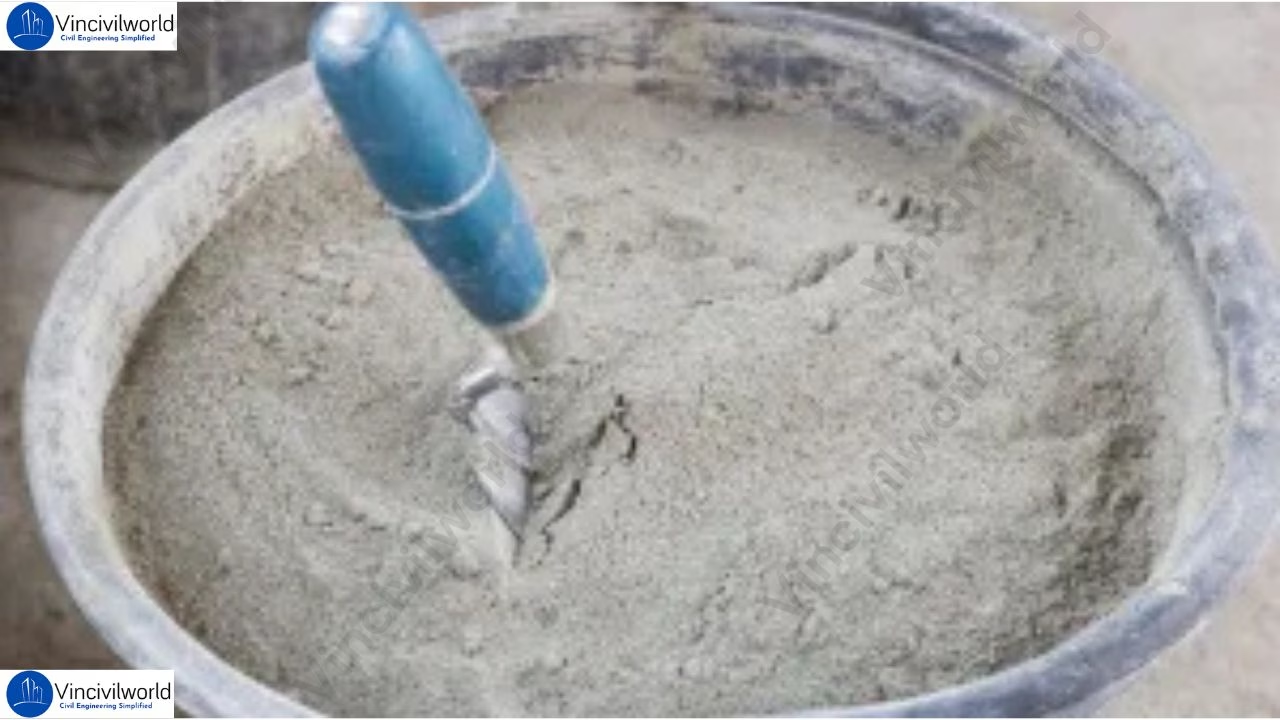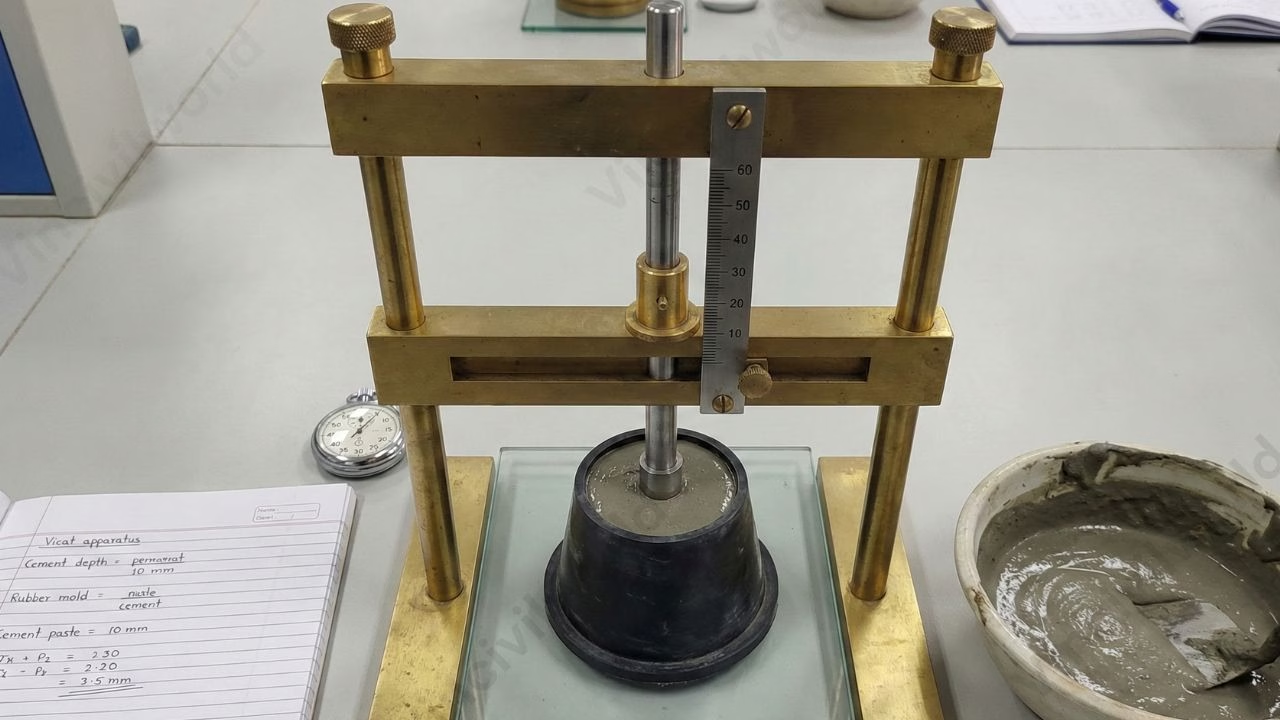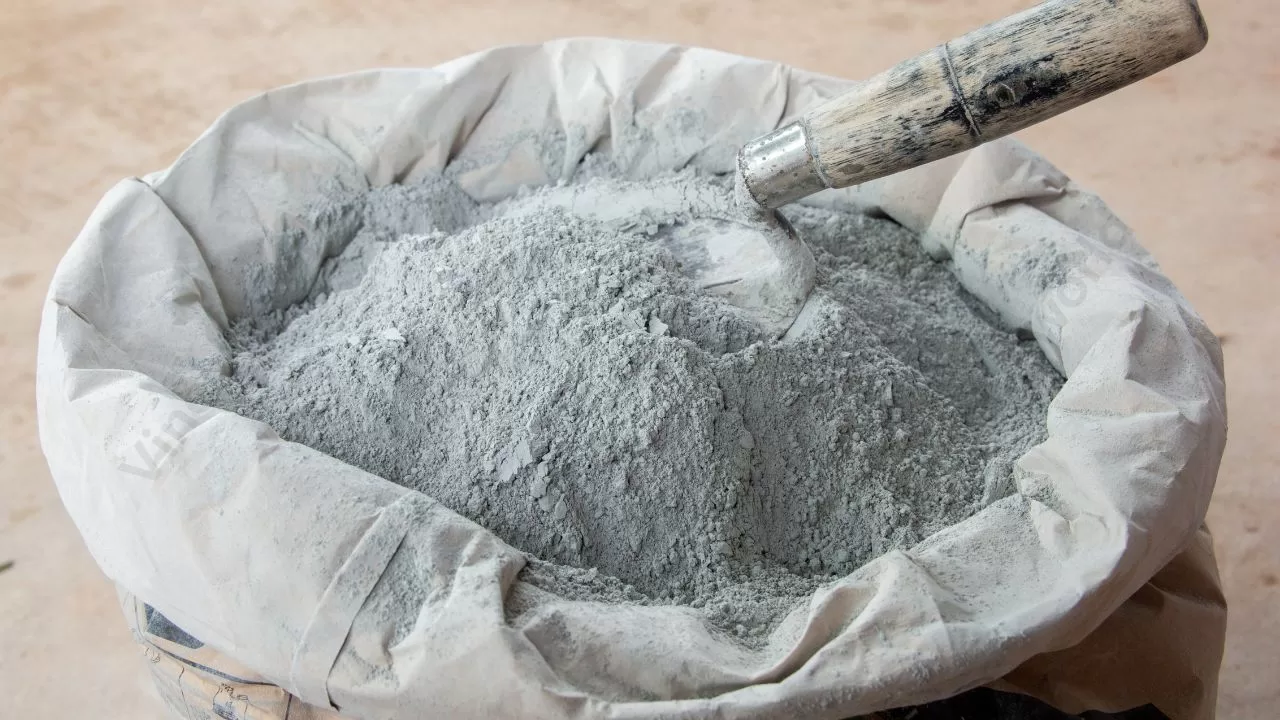The basic raw materials used for cement manufacturing is lime stone or chalk and shale or clay. Cement clinkerisation plants are normally located near the raw materials areas and most of the the times the plants are equipped with conveyors which can directly feed the raw materials from the mines
MUST READ : WHAT IS CEMENT ? WHAT ARE THE INGREDIENTS OF CEMENT
MANUFACTURING PROCESS BASED ON MIXING TECHNICS
Based on the technic adopted for mixing raw materials the manufacturing process is divided into wet process and dry process. Wet process is normally used now a days. But dry process is also gaining popularity due to their energy efficiency and when the ingredients are hard.
WET PROCESS OF CEMENT MANUFACTURING

The wet process of cement manufacturing is divided into a number of stages
a) Raw material extraction
b) Grinding
c) Proportioning and mixing and preparing composition based on the raw material purity.
e) Preheating the composition
f) Burning the composition in a kiln to form clinkers
g) Clinker cooling with gypsum addition and grounding to fine powder.
h) Storing in silos and packing and loading for conveying.
The raw materials needed for cement manufacturing are
a) CALCAREOUS (i.e. chalk consists of limestone.)
b) ARGILLACEOUS (i.e. clay consists of silicates of alumina.)
a) RAW MATERIAL EXTRACTION
Major raw material involved in the cement manufacturing process is limestone. Cement manufacturing plants are located near the limestone sources for easy access to the raw materials or else it turnout to be expensive to transport the materials from outside. The next major ingredient is clay which have to be located around 25-30 km within the plant premises to minimise the cost incurred in transportation.
Lime stone obtained from open cast mines are transported and feeded to a limestone crusher and clay is placed in a clay crushers. Other raw material like sand which controls the kiln temperature and iron ore etc can be transported or supplied from outside sources.
b) RAW MATERIAL GRINDING
The raw materials calcareous (lime) extracted are crushed to make a size of 6 inch and further crushed to make it 3 inch in secondary crushers. The argillaceous materials (clay) are washed to remove the organic contents and stored in basins and limestone is stored in silos.
c) PROPORTIONING MIXING AND PREPARATION OF COMPOSITION
The washed Clay and crushed lime stone are conveyed and mixed in desired proportion and further grinded in a wet grinding mill where both the materials are closely mixed in the presence of water to form a slurry .The slurry is stored in storage tanks where minor corrections in the compositions are carried out. The slurry which constitutes around 35-40% water is constantly kept in agitation to prevent the settling of limestone and clay.
d) PREHEATING THE COMPOSITION
The preheaters are used to heat the raw mix and drive off carbon dioxide and water before it is fed into the kiln.The raw meal passes down the preheater tower while hot gases rise up, heating the raw meal. At the entry point of kiln the raw meal largely decarbonates .
e) BURNING OF COMPOSITION IN KILNS
The decarbonated slurry is fed directly to an inclined steel cylinder which is called rotary kiln .In the rotary kiln through a series of reactions clinker is produced. The kiln is made of a steel casing lined with refractory bricks which have to withstand the reactions happening inside the kiln. The kiln is divided into three zones depending on the process happening in each zone and the temperature at each zone. The kiln is heated from the bottom using coal, oil or gases.
In the first zone water and moisture from the decarbonated slurry is evaporated at a temperature of 400C and the process is known as drying zone.
In the second part which is the calcination zone temperature is around 1000 degree and carbon dioxide is removed and is immediately converted into flakes after loosing the moisture. These flakes or modules are taken into the third stage with the help of rotary movement of the kiln.
In the third stage which is called the burning zone or clinkering zone and the temperature their will be around 1300-1500 degree . In this zone the lime and clay reacts to produce calcium aluminates and calcium silicates. Immediately on entering the burning zone aluminates and calcium silicates get fused and the modules are converted into a dark greenish balls and is called clinker. The size of the clinker ranges from 5 mm to 20 mm. These are the chemical reactions happening in the kiln.
2CaO + SiO2 = Ca2SiO4 (declaim silicate (C2S))
3CaO + SiO2 = Ca3SiO5 (tricalcium silicate (C3S))
3CaO + Al2O3 = Ca3Al2O6 (dicalcium aluminate (C2A))
4CaO + Al2O3 + Fe2O3 = Ca4Al2Fe2O10 (tetracalcium aluminoferrite(C4AF))
F) CLINKER COOLING WITH GYPSUM ADDITION AND GROUNDING TO FINE POWDER
The cooled clinkers are finally grinded in ball mills. At this stage gypsum(2-4%) is added which functions to reduce the setting time of cement. The grinded powder is take to the cement silos for storage. The particle distribution is also done in a graded manner. The stored grinded powder is taken to the packing plant and packed for distribution
ALSO READ : DRY PROCESS OF MANUFACTURING OF CEMENT
ALSO READ : DIFFERENCE BETWEEN DRY PROCESS AND WET PROCESS OF MANUFACTURING.






12 thoughts on “Manufacturing process of cement.”
Comments are closed.